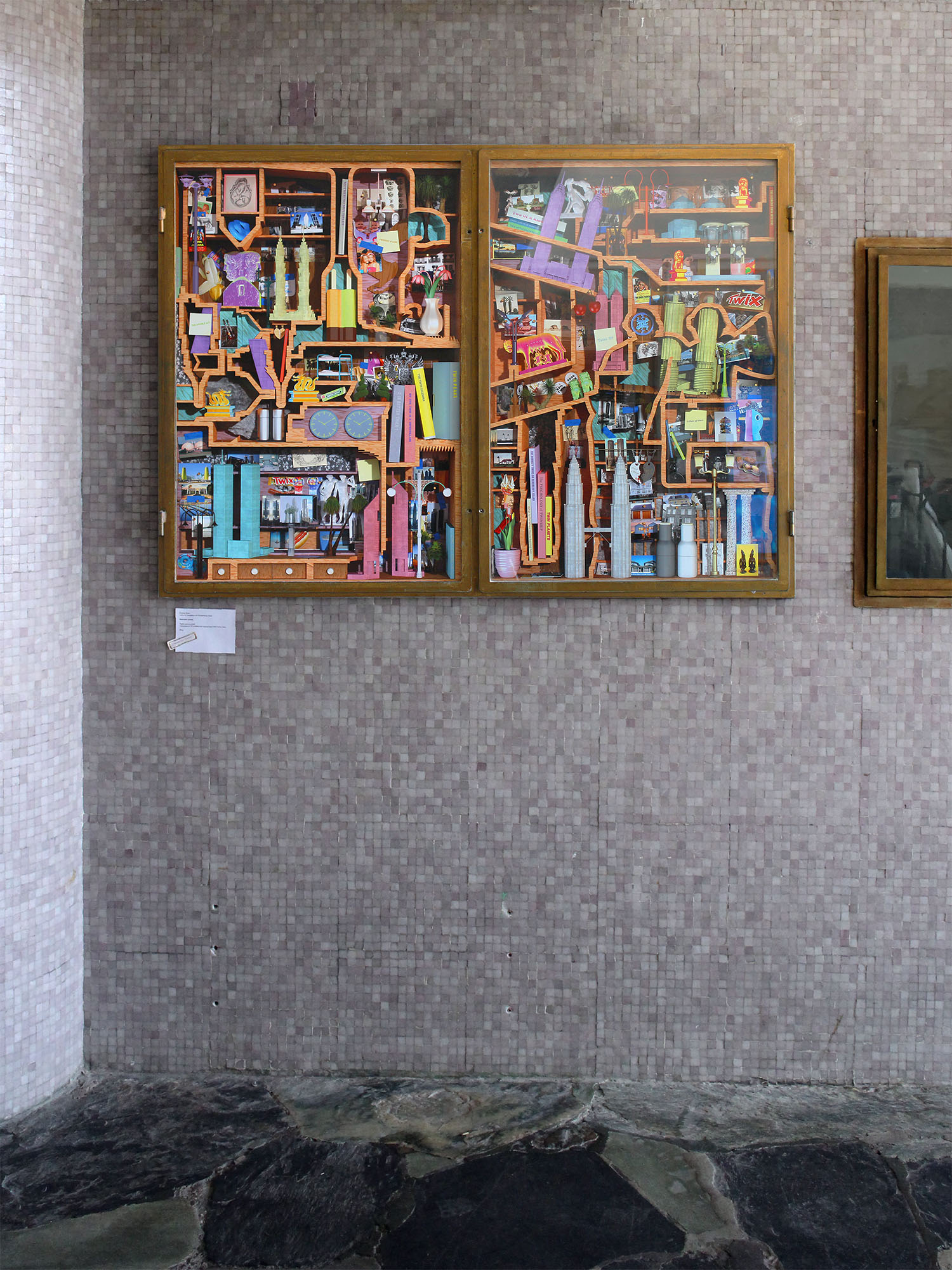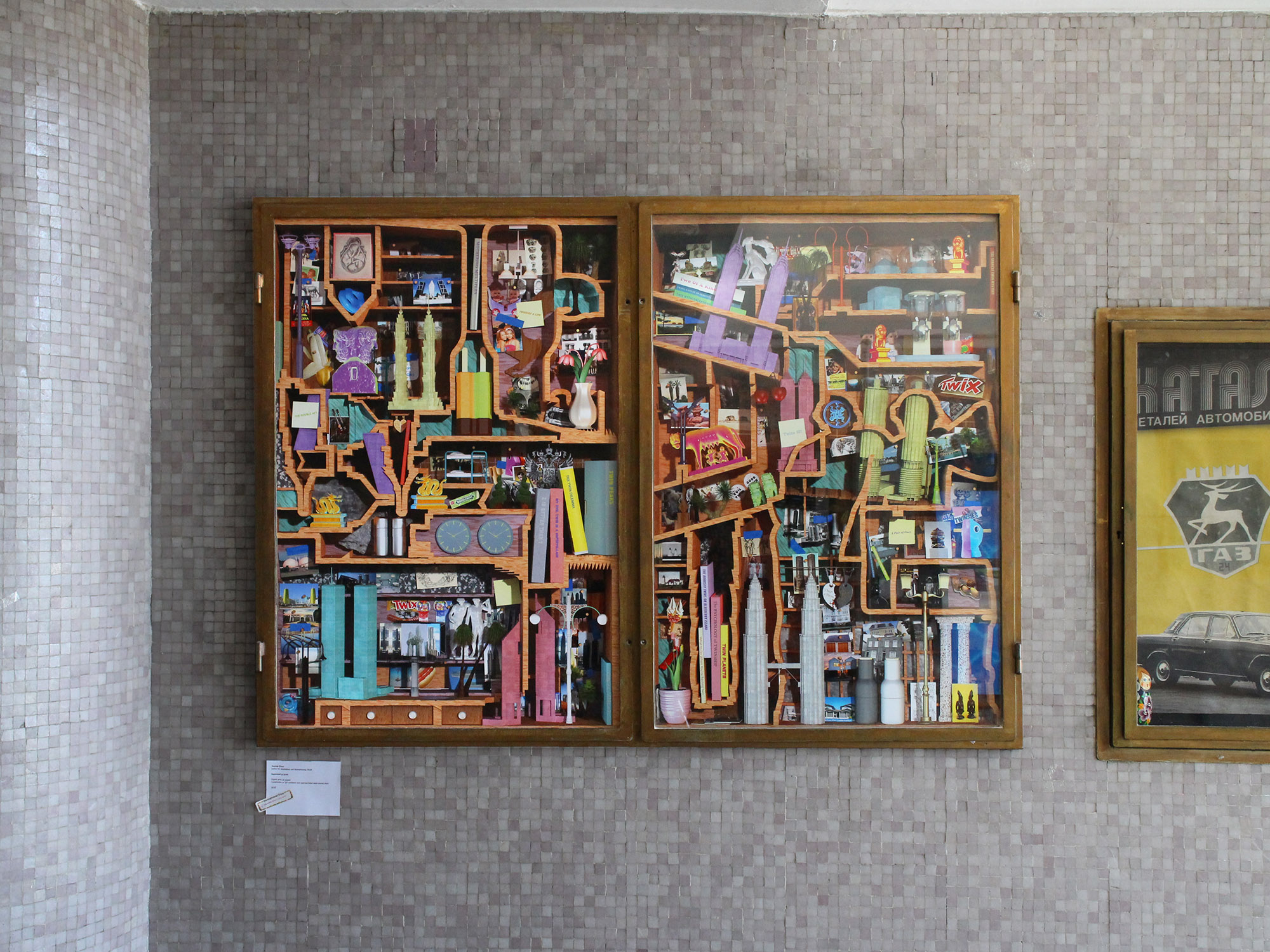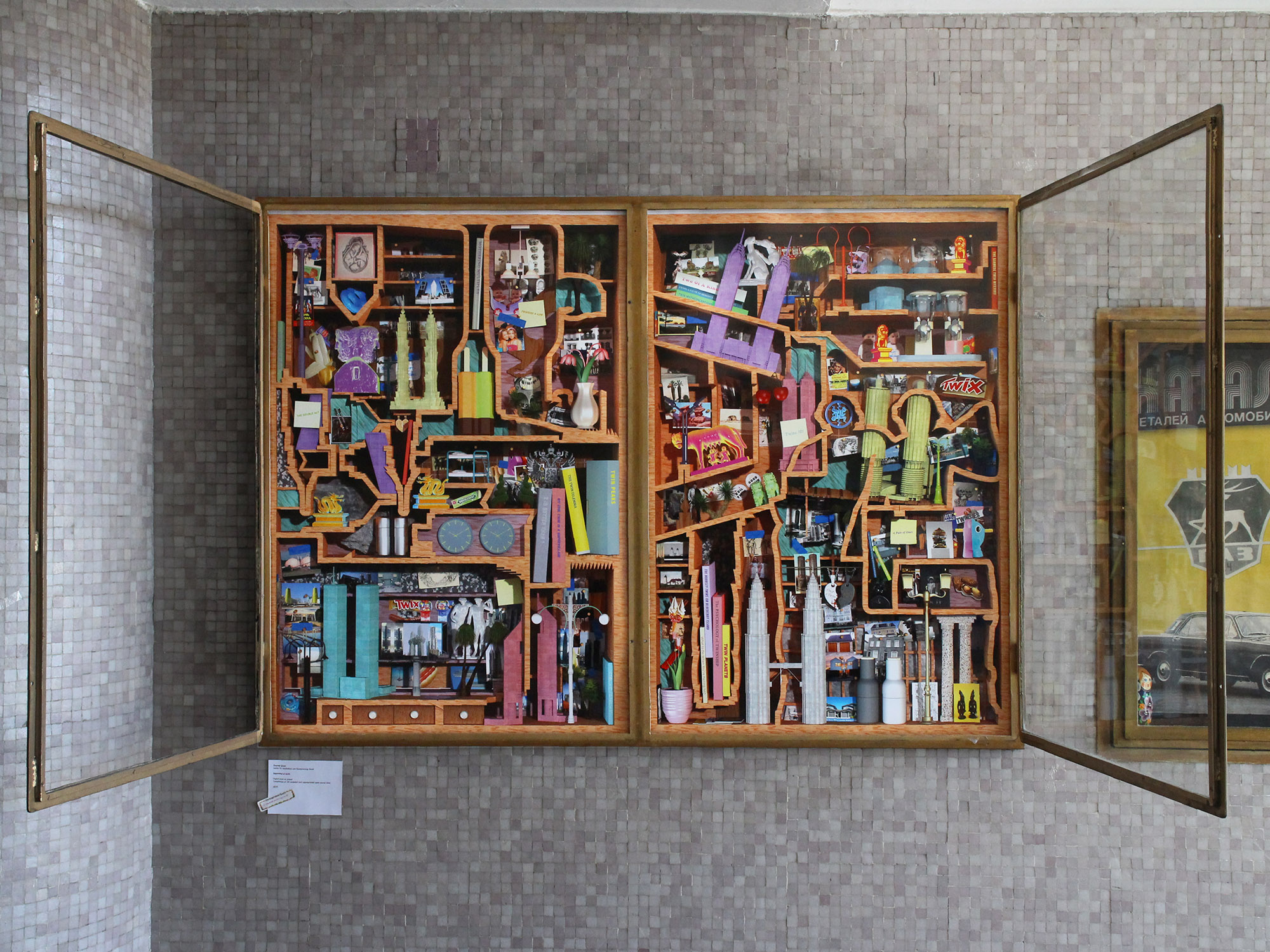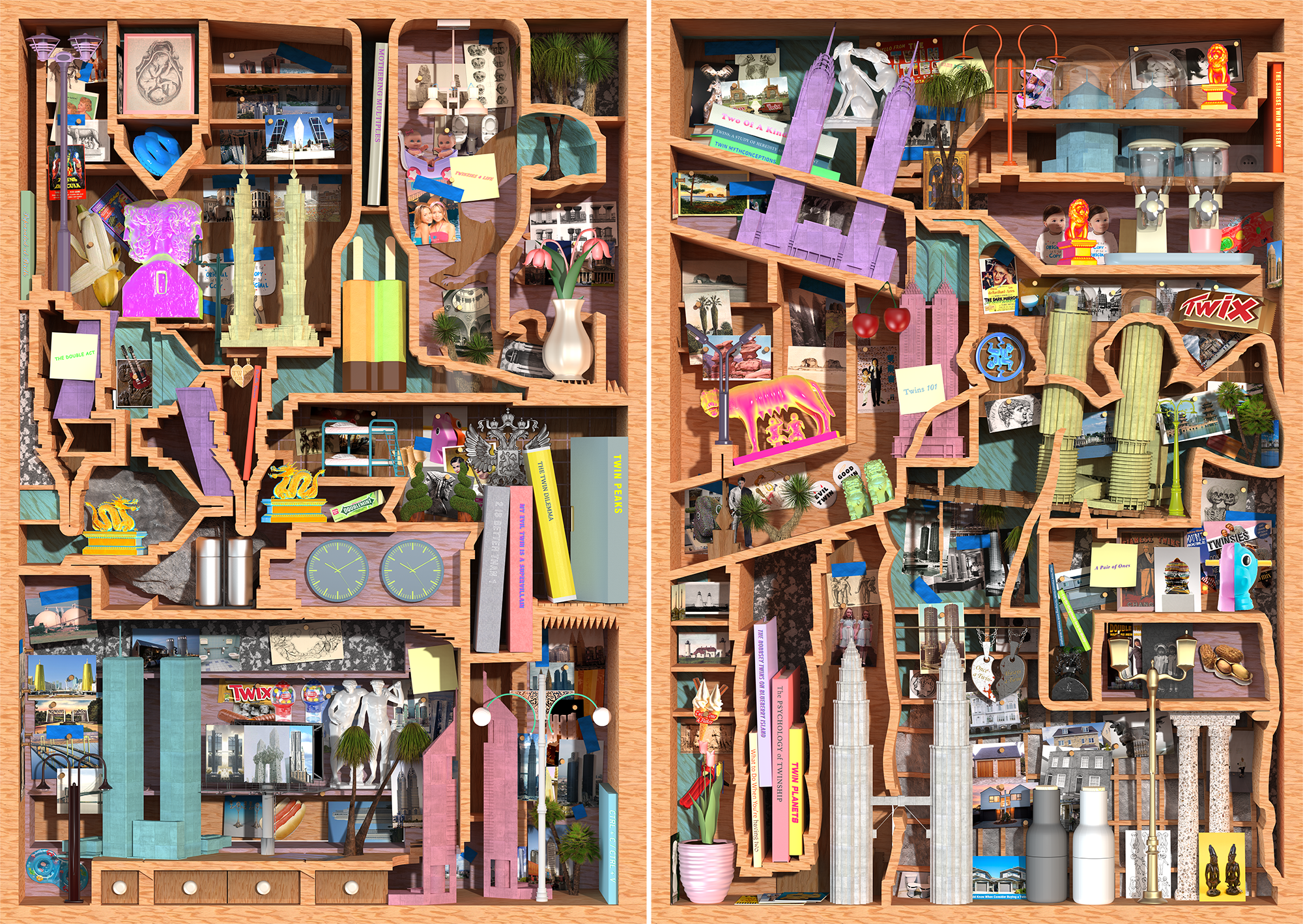
Separated at Birth
Cabinet of Curiosities / Twins
2020
“Twins were deified, and sacrificed, in a more savage culture: hypersimilitude was equivalent to the murder of the original, and thus to a pure non-meaning.”
Jean Baudrillard, Simulacra and Simulation
Throughout history, whether in tribal cultures or modernized societies, humans have idealized and mystified the phenomenon of twinship. This fascination with twins, specifically identical, is embedded within daily life and inaugurated much speculation and investigation. Today we live in a world where the previously deemed mysteries of twinship is understood through biological research and yet the phenomenon is still fetishized as a peculiarity and often stereotyped. As our collective global society praises individuality, a celebration of similarity becomes paradoxical in its nature. There exists a lot more discussion on uncanniness today that is brought forth through the strange familiarity of the physical appearance but also the mirroring of oneself into the data-selves. This conundrum does not only exist in human interaction but also in the world of objects and architecture.
“What is physically double is structurally single and what is mystically one is empirically two.”
Victor Turner, The Ritual Process
In architecture, the twins are defined, through a formal definition, as two of the same or rather two structures that are mostly “identical”. This term was applied to the field either through the various probes of symmetry and might have resulted from design efficiency. Building in twins or pairs has been a common practice in many different epochs yet the architectural discourse on twins is dominated mostly by the twin tower typology. These twin buildings are oddities within their context and challenge the mortality of singular original and monumentalize the double original.
Jean Baudrillard, Simulacra and Simulation
Throughout history, whether in tribal cultures or modernized societies, humans have idealized and mystified the phenomenon of twinship. This fascination with twins, specifically identical, is embedded within daily life and inaugurated much speculation and investigation. Today we live in a world where the previously deemed mysteries of twinship is understood through biological research and yet the phenomenon is still fetishized as a peculiarity and often stereotyped. As our collective global society praises individuality, a celebration of similarity becomes paradoxical in its nature. There exists a lot more discussion on uncanniness today that is brought forth through the strange familiarity of the physical appearance but also the mirroring of oneself into the data-selves. This conundrum does not only exist in human interaction but also in the world of objects and architecture.
“What is physically double is structurally single and what is mystically one is empirically two.”
Victor Turner, The Ritual Process
In architecture, the twins are defined, through a formal definition, as two of the same or rather two structures that are mostly “identical”. This term was applied to the field either through the various probes of symmetry and might have resulted from design efficiency. Building in twins or pairs has been a common practice in many different epochs yet the architectural discourse on twins is dominated mostly by the twin tower typology. These twin buildings are oddities within their context and challenge the mortality of singular original and monumentalize the double original.
Historically, cabinets of curiosity were mise-en-scènes for wondrous things that resisted classification and were put together primarily as an instrument of knowledge. These eclectic collections were not scientifically arranged but rather assembled through the intuition of the collectors who got to display their interpretation of the world. Pieces of history were recontextualized in these cabinets in an attempt to make sense of the world that was formerly not known.
Separated at Birth showcases a cabinet of curiosity of the twin typology focusing on buildings as well as daily life artifacts that carry traits of twin qualities that are thought-provoking and usually perceived to be disparate. Hence this collection brings forth questions about genealogy in architecture as well as the core question on twin buildings, the originality problem, or the lack thereof. This investigation challenges the notion of twinning and seeks to comprehend if the twinship of objects is a distinction in the process of their reading, is merely due to their prominence or if it is important to question their twinship in the first place.
Separated at Birth showcases a cabinet of curiosity of the twin typology focusing on buildings as well as daily life artifacts that carry traits of twin qualities that are thought-provoking and usually perceived to be disparate. Hence this collection brings forth questions about genealogy in architecture as well as the core question on twin buildings, the originality problem, or the lack thereof. This investigation challenges the notion of twinning and seeks to comprehend if the twinship of objects is a distinction in the process of their reading, is merely due to their prominence or if it is important to question their twinship in the first place.
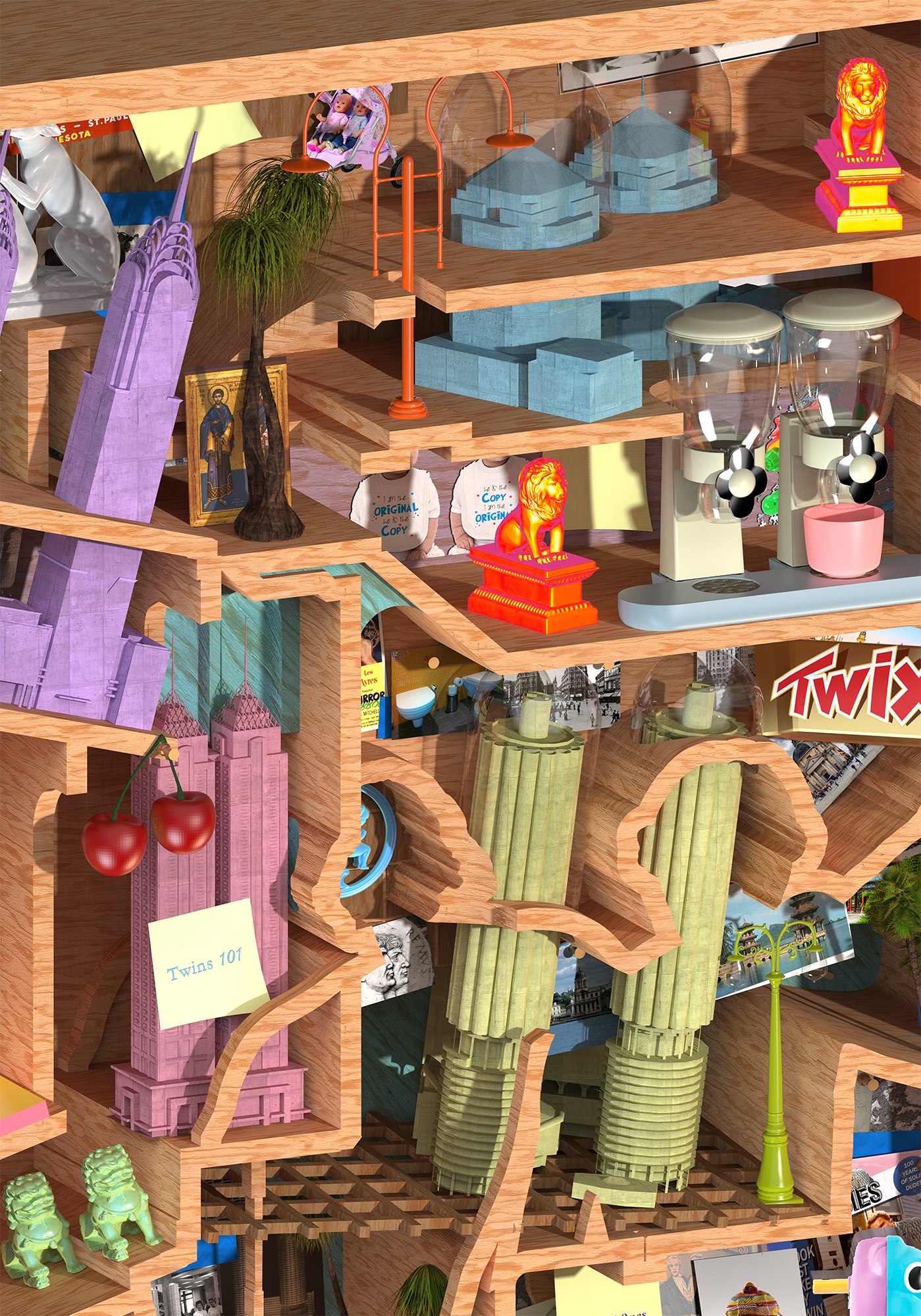
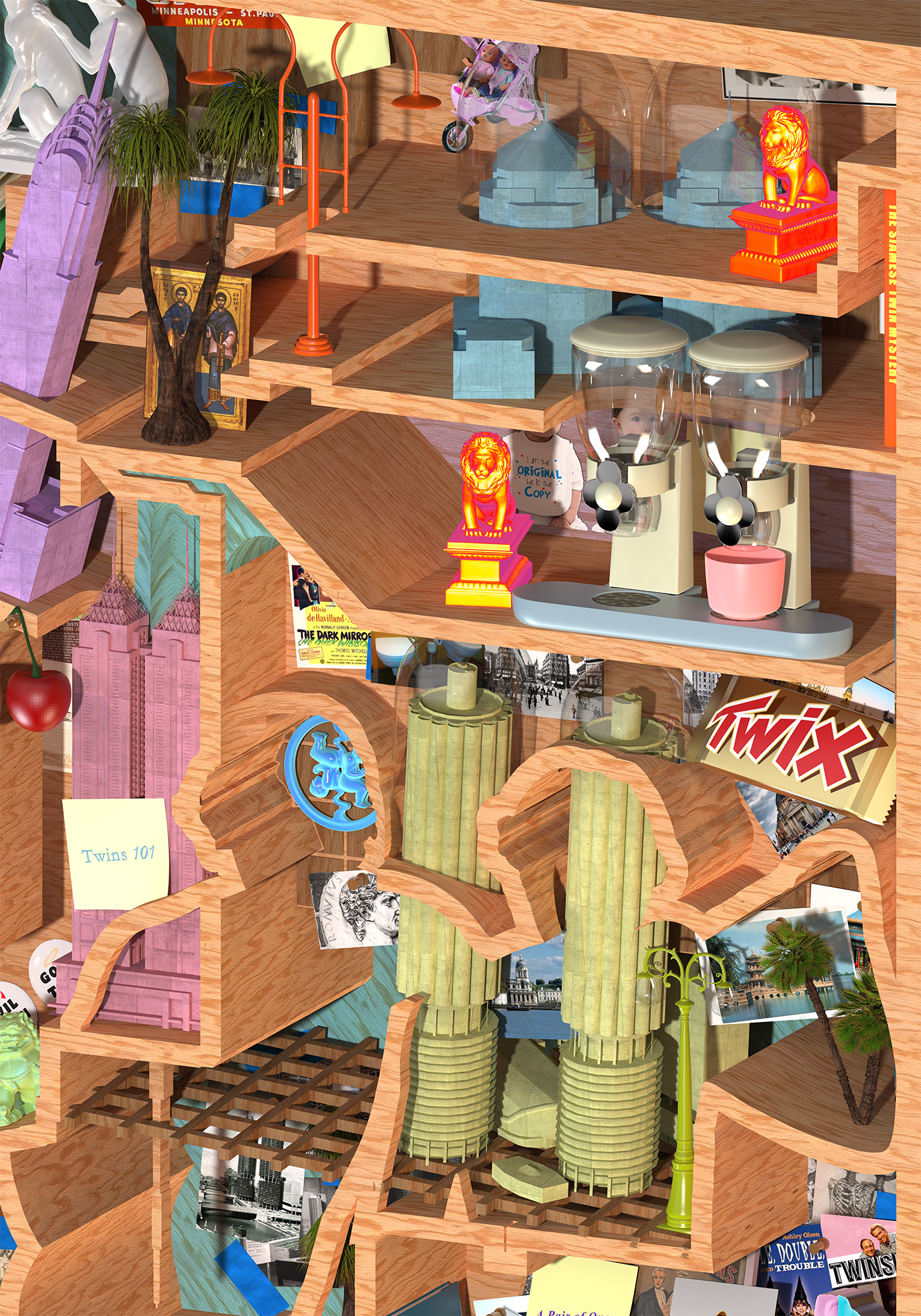
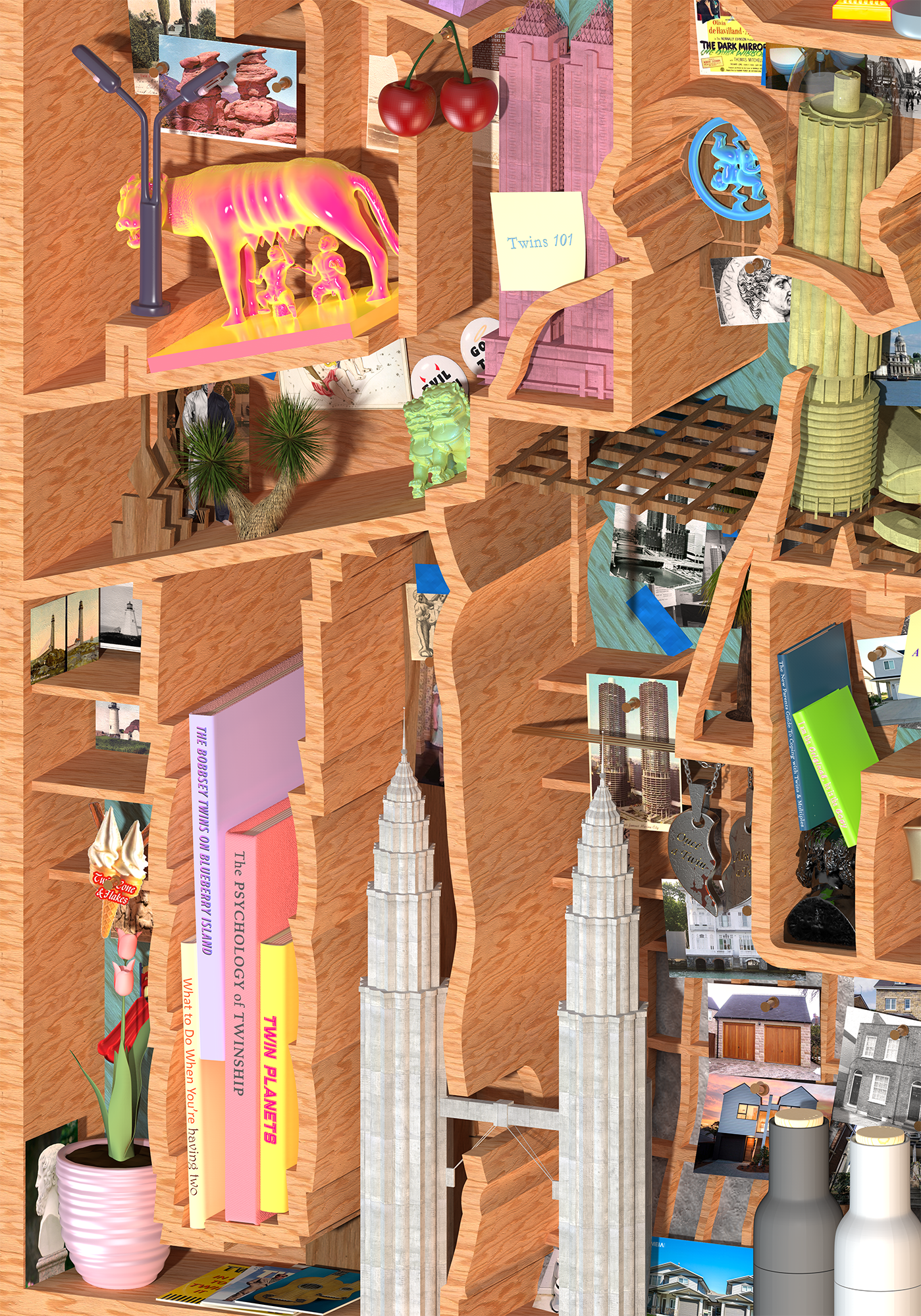
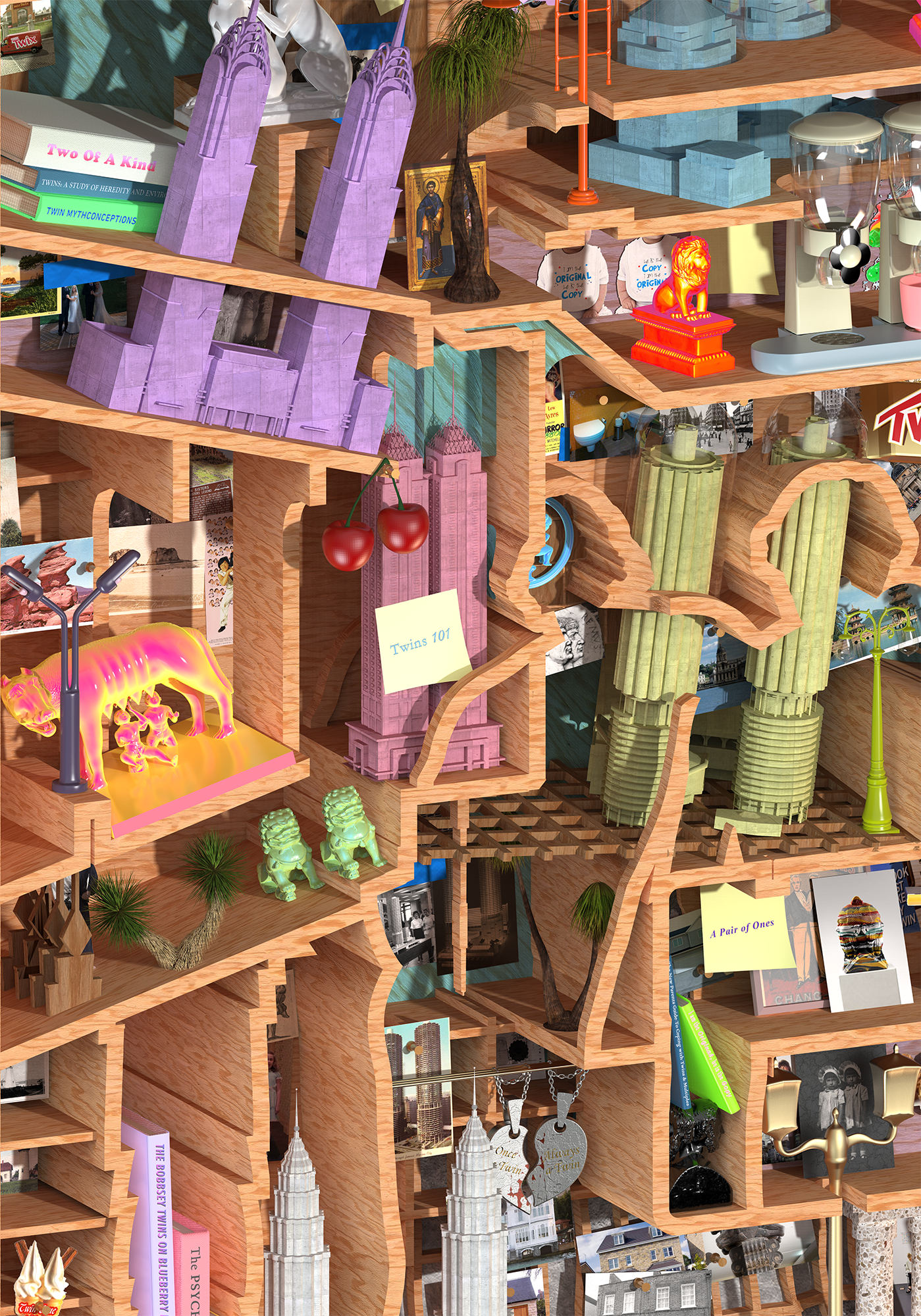
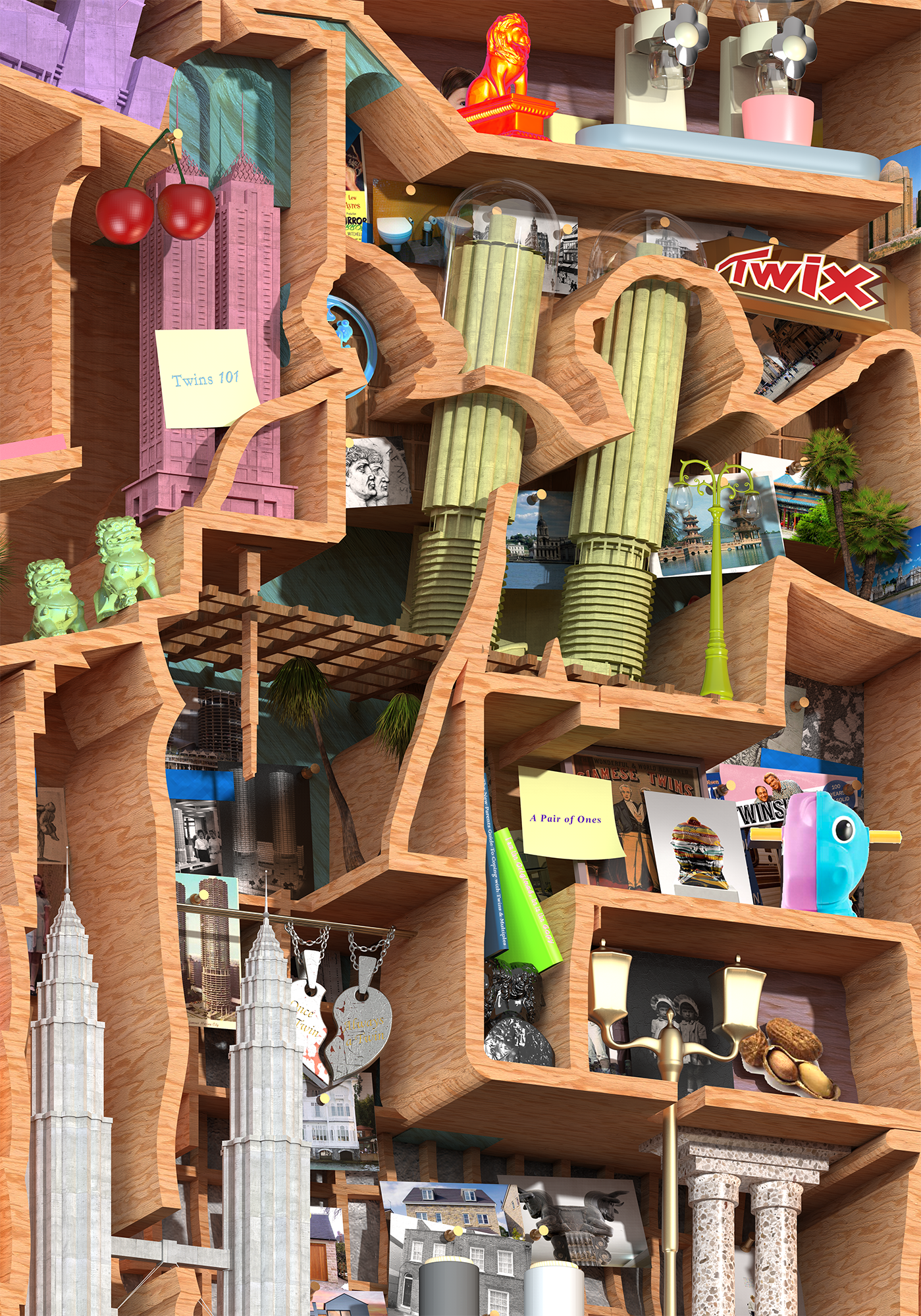

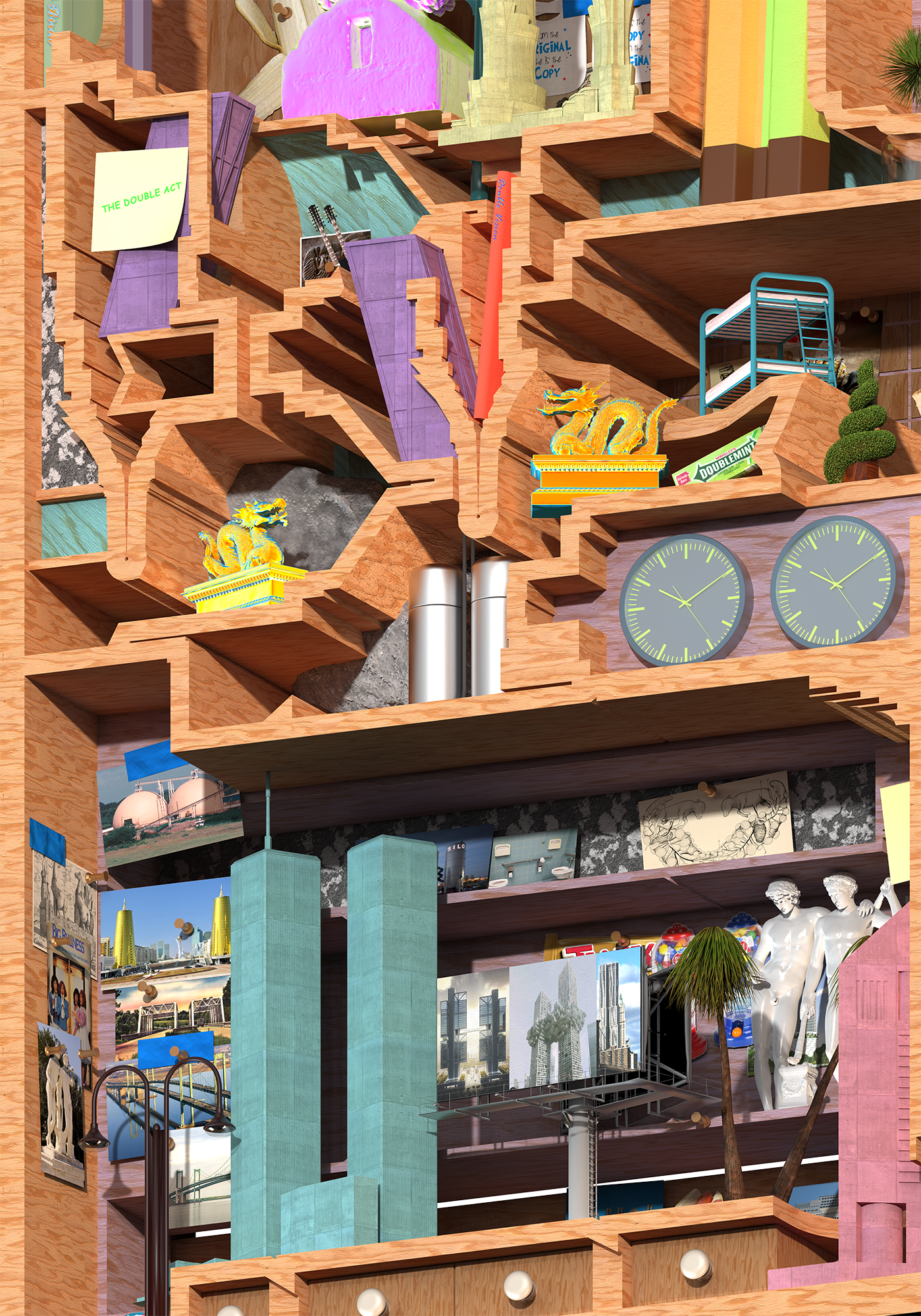

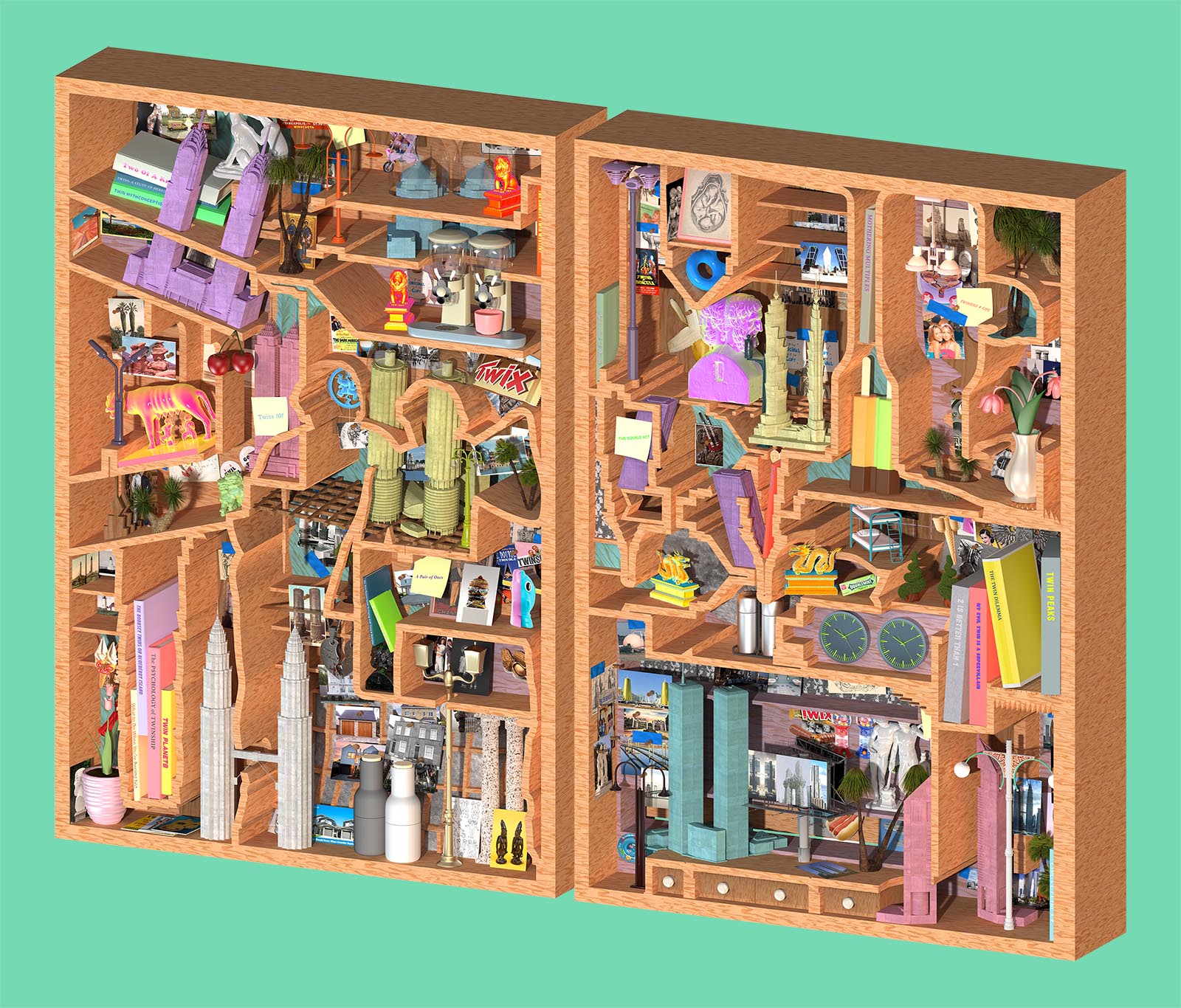
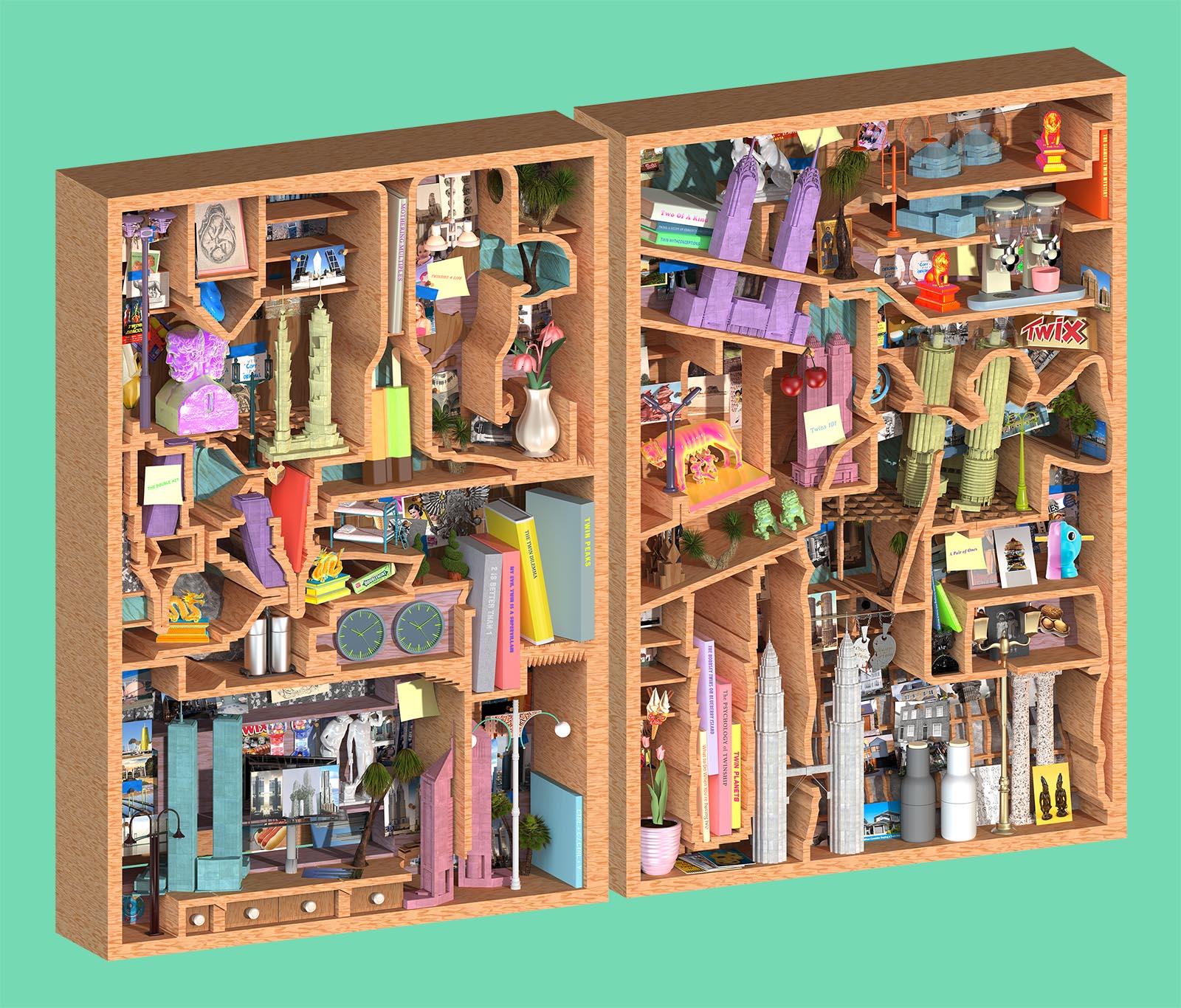
IARC Show
organized by the Independent Architecture Reasearch Colloquia, University Innsbruck
organized by the Independent Architecture Reasearch Colloquia, University Innsbruck
March 2020
